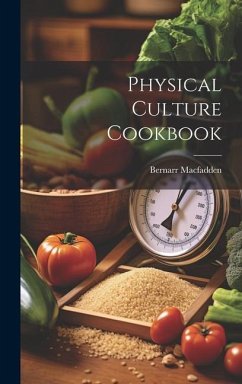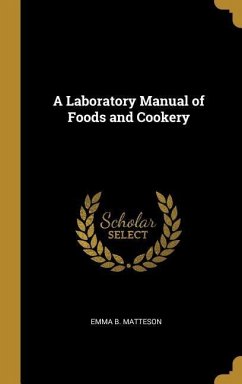
Foods
Versandkostenfrei!
Versandfertig in über 4 Wochen
37,99 €
inkl. MwSt.

PAYBACK Punkte
19 °P sammeln!
"Foods" by Edward Smith, published in 1875, provides a detailed look into the nutritional value and social context of various foods. Smith explores the composition of different food types, their impact on health, and their role in society. This book offers valuable insights into the dietary habits and nutritional understanding of the Victorian era. A fascinating read for those interested in the history of food, nutrition, and social history. This work has been selected by scholars as being culturally important, and is part of the knowledge base of civilization as we know it. This work was repr...
"Foods" by Edward Smith, published in 1875, provides a detailed look into the nutritional value and social context of various foods. Smith explores the composition of different food types, their impact on health, and their role in society. This book offers valuable insights into the dietary habits and nutritional understanding of the Victorian era. A fascinating read for those interested in the history of food, nutrition, and social history. This work has been selected by scholars as being culturally important, and is part of the knowledge base of civilization as we know it. This work was reproduced from the original artifact, and remains as true to the original work as possible. Therefore, you will see the original copyright references, library stamps (as most of these works have been housed in our most important libraries around the world), and other notations in the work. This work is in the public domain in the United States of America, and possibly other nations. Within the United States, you may freely copy and distribute this work, as no entity (individual or corporate) has a copyright on the body of the work. As a reproduction of a historical artifact, this work may contain missing or blurred pages, poor pictures, errant marks, etc. Scholars believe, and we concur, that this work is important enough to be preserved, reproduced, and made generally available to the public. We appreciate your support of the preservation process, and thank you for being an important part of keeping this knowledge alive and relevant.












